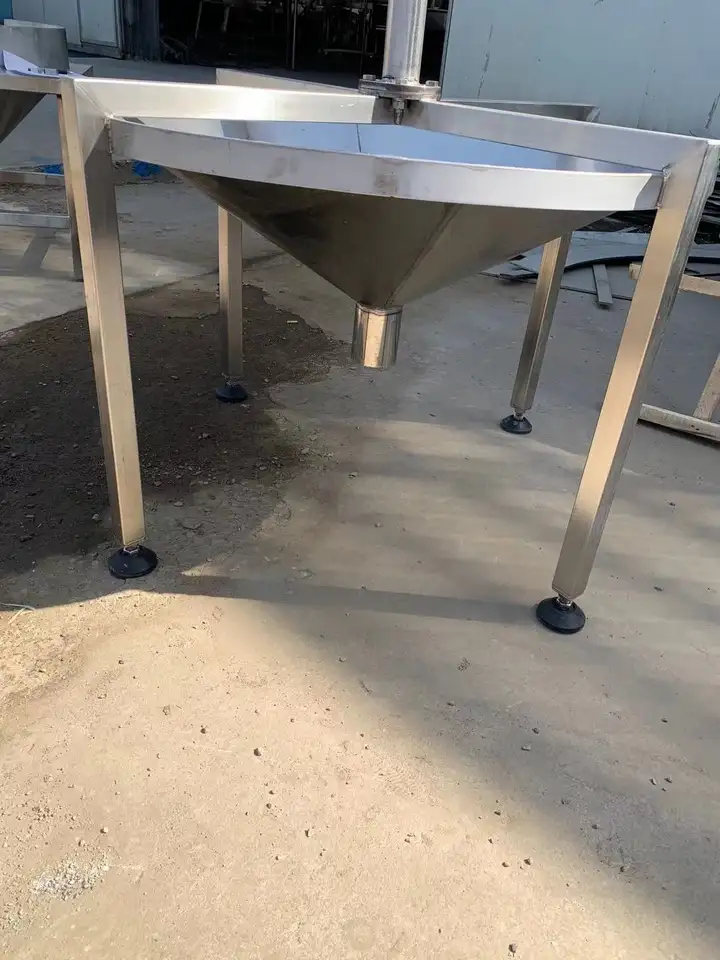poultry cages for layer chickens
Dec . 16, 2024 23:36 Back to list
poultry cages for layer chickens
Poultry Cages for Layer Chickens A Comprehensive Overview
In the modern poultry industry, the welfare and productivity of layer chickens are greatly influenced by housing conditions. One of the most effective methods for housing layer chickens is the use of poultry cages. These cages are designed to optimize space, improve sanitation, and enhance the overall management of egg production. This article delves into the various aspects of poultry cages for layer chickens, exploring their benefits, types, and considerations for their use.
Benefits of Poultry Cages
1. Space Efficiency Poultry cages are designed to maximize the use of vertical space. Unlike traditional floor systems, these cages stack vertically, allowing farmers to raise more chickens in a smaller area. This is particularly advantageous in regions where land is scarce or expensive.
2. Improved Hygiene Cages promote better sanitation and biosecurity. The design allows for easier cleaning and maintenance, which reduces the risk of disease spreading among the flock. Manure and waste can be systematically collected, minimizing contamination and improving overall flock health.
3. Enhanced Egg Production Layer hens in cages tend to have higher egg production rates compared to those in free-range or barn systems. The confined environment reduces stress and allows for better monitoring of individual birds. Farmers can ensure that each hen receives the optimal amount of food and water, which contributes to higher egg yields.
4. Reduction of Cannibalism and Pecking Caged systems can reduce aggressive behaviors, such as pecking and cannibalism, which are more common in non-caged environments. By providing sufficient space and proper management, farmers can maintain a more harmonious flock dynamic.
5. Ease of Management Cages facilitate easier management of the flock. Farmers can easily observe the health and productivity of individual hens, making it simpler to identify issues early on and administer necessary interventions.
Types of Poultry Cages
1. Conventional Cages These are the traditional cages that house a few hens in a small space. While they provide excellent efficiency, they do raise concerns about animal welfare due to limited space for movement.
2. Enriched Cages These cages provide slightly more space and include features such as nesting boxes, perches, and scratching areas to improve the welfare of the hens. They allow chickens to exhibit more natural behaviors compared to conventional cages.
poultry cages for layer chickens

3. Colony Cages Designed for groups of hens, colony cages offer more space and amenities compared to traditional systems while still maintaining a level of control over the environment. These cages allow hens to socialize, which can positively impact their wellbeing.
4. Aviary Systems While not a cage in the traditional sense, aviary systems provide layers with vertical space and different levels of enrichment. These systems mimic a more natural environment, allowing the hens to roam more freely and exhibit behaviors like flying, roosting, and foraging.
Considerations for Cage Use
While poultry cages offer numerous benefits, the welfare of layer chickens must remain a priority. Producers need to consider factors such as
- Space Requirements Ensuring that each hen has enough space to move freely is crucial for preventing stress and maintaining health. Regulatory standards should be followed to meet animal welfare guidelines.
- Environmental Enrichment Providing stimulating environments within cages can reduce boredom and stress, contributing to better overall health and productivity.
- Management Practices Regular monitoring and proper management practices are essential. This includes maintaining hygiene, monitoring health parameters, and providing appropriate nutrition.
- Regulatory Compliance Farmers must adhere to local and international regulations regarding animal welfare and cage specifications to ensure both ethical practices and compliance.
Conclusion
Poultry cages for layer chickens present a practical solution for intensive egg production, balancing efficiency with management ease. As the poultry industry continues to evolve, the focus on animal welfare and the adoption of enriched housing systems will be pivotal. By choosing the right type of cage and implementing best practices, poultry farmers can enhance the productivity and welfare of their layer chickens while meeting the growing demand for eggs sustainably.
-
Hot Sale 24 & 18 Door Rabbit Cages - Premium Breeding Solutions
NewsJul.25,2025
-
Automatic Feeding Line System Pan Feeder Nipple Drinker - Anping County Yize Metal Products Co., Ltd.
NewsJul.21,2025
-
Automatic Feeding Line System Pan Feeder Nipple Drinker - Anping County Yize Metal Products Co., Ltd.
NewsJul.21,2025
-
Automatic Feeding Line System - Anping Yize | Precision & Nipple
NewsJul.21,2025
-
Automatic Feeding Line System - Anping Yize | Precision & Nipple
NewsJul.21,2025
-
Automatic Feeding Line System-Anping County Yize Metal Products Co., Ltd.|Efficient Feed Distribution&Customized Animal Farming Solutions
NewsJul.21,2025






